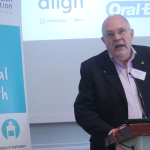The UK’s oral health is a postcode lottery and is in dire need of levelling up, says Dr Nigel Carter
Speaking on Monday at the launch of this year’s National Smile Month, the Oral Health Foundation’s chief executive, Dr Nigel Carter called for the government to put an end to the vast inequalities in oral health that are causing tens of thousands of people to suffer in pain.
Dr Carter has urged the government to focus on addressing critical problems with access to NHS dentistry and the need to train more dentists.
Dr Carter said: “Oral health varies around the UK – it is a postcode lottery. This isn’t going to go away overnight as the dentists just aren’t there. It does seem that there isn’t a wish to address the problem and train more dentists.
“Whether that dentistry is being delivered on the NHS, or the private sector, it is not possible without an adequate workforce.
“You really can’t achieve good health and wellbeing without good oral health. That’s why during National Smile Month, we are calling for a levelling up agenda so that everybody can achieve the standards of oral health that they really deserve.”
National Smile Month 2022 is all about tackling inequalities within oral health in the UK.
Under the theme of ‘Everyone deserves a healthy smile’, the charity’s campaign will be helping more people achieve a healthier life through better oral health.
The Oral Health Foundation will be providing information and support for thousands of children and families, the elderly and vulnerable, people with disabilities and those living in deprivation or isolation.
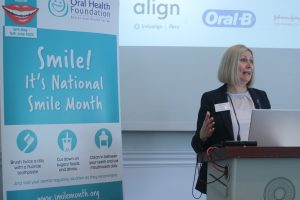
Mhari Coxon
Mhari Coxon, President of the Oral Health Foundation said: “This year is about shining a light on the millions of people that are affected by oral health problems such as tooth decay and gum disease.
“We want to support those who are vulnerable, elderly, disabled or those who, for whatever reason, can’t access education, the right dietary advice and because of social economic reasons don’t have access to oral care.
“Everyone deserves a healthy smile, and these diseases are completely preventable.”
Tooth decay is one of the most common diseases in the UK. One-in-three (33%) adults have signs of tooth decay, as well as around one-in-four (24%) five-year-olds.
Those from disadvantaged backgrounds are more likely to suffer from tooth decay and be admitted to hospital because of it. Last week, it was revealed that 14,615 children in England had rotten teeth removed in hospital between 2020-21.
The Oral Health Foundation is campaigning to make healthier food and drink, that contains less sugar, more affordable for families on lower incomes. It is tragic to see the government decision this week to delay the ban on cheap offers on unhealthy foods. Far from helping in these times of inflation the move is likely to store up greater problems with both oral and general health and to cost both individuals and the country more in the future.
The charity also believes a nationwide water fluoridation programme will drastically cut rates of tooth decay, especially in children. Currently, only 11% of the population benefit from fluoride being added to their water supply. Research shows that in fluoridated areas, the number of hospital admissions (for tooth decay) falls by between 45% and 68%.
Tooth decay and other oral diseases can have a negative impact throughout life and can cause pain, infection and lead to difficulties with eating, sleeping, socialising and wellbeing. Campaigners are extremely concerned that oral health has declined during the pandemic.
The charity has found over half (55%) of UK adults feel they have neglected their teeth during the various lockdowns. Around one-in-seven (15%) admit to not brushing their teeth as much as before the pandemic. One-in-five (20%) are eating unhealthier foods, and more than one-in-ten (11%) have been drinking more alcohol.
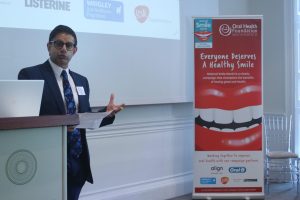
Professor Avijit Banerjee
Professor Avijit Banerjee from Kings College London, speaking on behalf of the Wrigley Oral Healthcare Programme, one of the National Smile Month sponsors said: “The pandemic has highlighted the key issues in both oral and dental health care that we see daily in the news.
“We have access issues, social and demographic inequalities and of course, these impact on the quality of dental health which has declined over the past two years.
“We need to move away from just treating diseases to preventing them. We need to bring back the national health service, as opposed to a national illness service or a national treatment service. We need to innovate in the way we change behaviour and engage with the public on prevention.
“Behaviour change is available if we are willing to think outside the box. I was privileged to lead a fantastic research team at Kings College London over the last four years looking at the health benefits of chewing gum. We found that chewing sugar-free gum reduces the level of plaque and decay.”
Health leaders are also keen to raise awareness about how the health of your mouth has a direct link to the health of your body.
Studies have shown that poor oral health, specifically severe gum disease, can lead to increased risk of heart disease, strokes, diabetes, dementia and poor pregnancy outcomes.
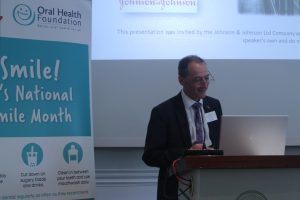
Professor Iain Chapple
Professor Iain Chapple from Birmingham University, speaking on behalf of Johnson&Johnson, the makers of LISTERINE® Ltd and sponsors of the Month said: “Both tooth decay and periodontitis (severe gum disease) are the most common human diseases responsible for more years lost to disability than any other human condition, and the links to systemic diseases are well established.
“There is a desperate need for public health campaigns to raise awareness of this. It’s really tough to get public health messages in oral care funded nationally. We all need to start investing and getting those messages out there.
“Healthy gums don’t bleed. Effective toothbrushing and interdental cleaning is essential for keeping gums healthy. Mouthwashes containing fluoride (with more than 100ppm fluoride) that are clinically proven to reduce plaque/germs offer additional benefit.
Research shows that the single biggest reduction in gum disease occurs through the measures that patients can take at home.”
National Smile Month runs until 16 June and is supported by some of the most well-known household brands in the UK, including Invisalign, Oral-B, GSK, Johnson&Johnson, the makers of LISTERINE® and Wrigley Oral Healthcare Programme.
For more information about the charity campaign and to discover great tips about how to care for your mouth, visit www.smilemonth.org.




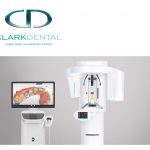

 If modern endo instrumentation means using a greatly reduced number of files, other manufacturers are offering just one file for canal shaping, used in a reciprocating motion – repeated clockwise and counter-clockwise movements. The author of a paper published in 2008 gives their preliminary observations of the single-file technique, concluding two major advantages are cost-effectiveness, also the elimination of the possible cross contamination of pathogens associated “with the single use of endodontic instruments”.
If modern endo instrumentation means using a greatly reduced number of files, other manufacturers are offering just one file for canal shaping, used in a reciprocating motion – repeated clockwise and counter-clockwise movements. The author of a paper published in 2008 gives their preliminary observations of the single-file technique, concluding two major advantages are cost-effectiveness, also the elimination of the possible cross contamination of pathogens associated “with the single use of endodontic instruments”.
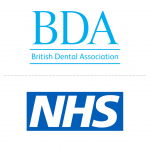
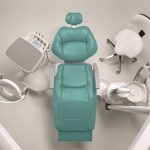
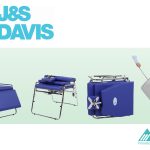

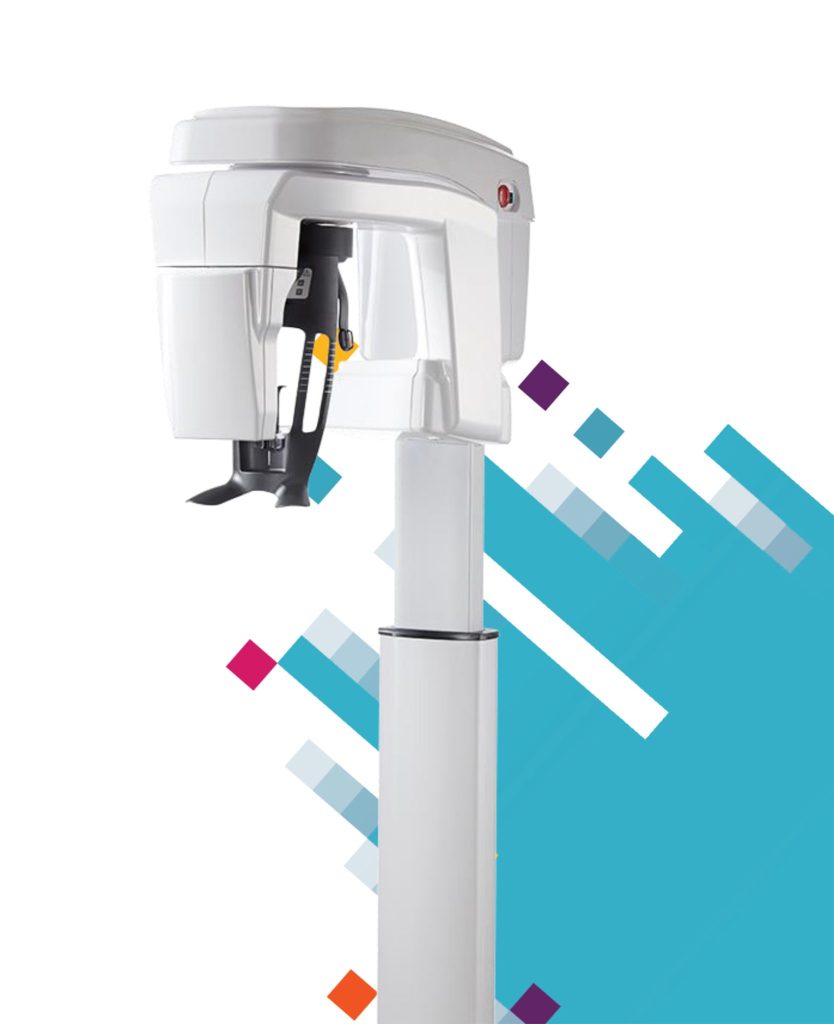 You can now broaden your treatment possibilities with the CS 8200 3D Neo Edition. You can choose between two different versions of the system that offer either 7 or 9 fields of view (maximum of 12 x 10cm), to reflect your current and future needs. For instance, if you routinely perform a wide array of treatments, you can select the model with a wider range of fields of view to enable facilitated treatment across the board. Building on this, the CS 8200 3D Neo Edition also offers the option of a 3D lateral scout view – a cutting-edge feature that aids with patient positioning.
You can now broaden your treatment possibilities with the CS 8200 3D Neo Edition. You can choose between two different versions of the system that offer either 7 or 9 fields of view (maximum of 12 x 10cm), to reflect your current and future needs. For instance, if you routinely perform a wide array of treatments, you can select the model with a wider range of fields of view to enable facilitated treatment across the board. Building on this, the CS 8200 3D Neo Edition also offers the option of a 3D lateral scout view – a cutting-edge feature that aids with patient positioning.
 According to the World Health Organisation (WHO),
According to the World Health Organisation (WHO),
